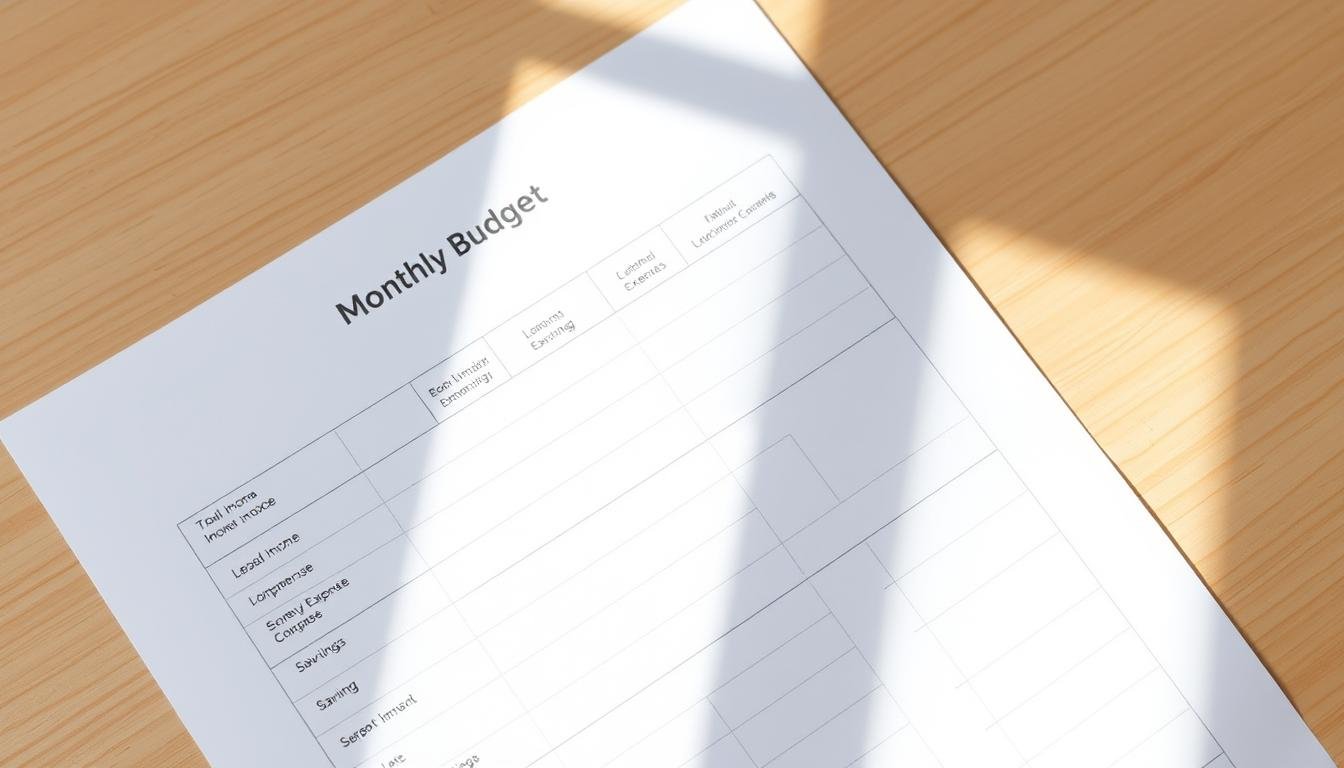Creating a monthly budget is one of the most effective ways to manage your finances, especially when you’re working with a low income. With a smart, realistic plan, you can reduce stress, control your spending, and make your money work harder for you.
In this step-by-step guide, you’ll learn how to build a budget that suits your lifestyle and financial goals, even if you’re on a tight budget.
Why Budgeting Matters on a Low Income
When money is limited, it’s essential to make every dollar count. Budgeting helps you prioritize your spending, avoid unnecessary debt, and make progress toward long-term financial stability. Without a plan, it’s easy to fall into the trap of living paycheck to paycheck.
Financial Benefits of Budgeting
A well-structured budget can offer several benefits:
- Reduced financial stress
- Better control of spending
- Increased savings
- Improved debt management
- Higher credit score over time
Common Budgeting Challenges (And How to Overcome Them)
Many people face difficulties when budgeting on a low income. These include:
- Struggling to cover basic needs
- Dealing with unexpected expenses
- Lacking emergency savings
- Feeling overwhelmed by debt
Overcoming these challenges starts with adopting a frugal mindset and making intentional spending decisions. Planning ahead empowers you to make informed financial choices.

Step 1: Set Realistic Financial Goals
Before you build your budget, identify what you’re working toward. Financial goals give your budget purpose and direction.
How to Set Achievable Goals:
- Assess your current financial situation.
- Identify short-term and long-term goals (e.g., emergency fund, debt repayment).
- Break large goals into manageable steps.
- Regularly review and adjust as your situation changes.
Having clear goals helps you stay motivated and focused, even when income is tight.
Step 2: Gather and Organize Financial Information
Start by collecting all the financial documents and details necessary for building your budget.
What You’ll Need:
- Pay stubs or income statements
- Monthly bills and receipts
- Bank statements
- Government assistance documentation (if applicable)
Organizing Tips:
Keep your documents in a folder or digital file. Use a printable or digital budget template to stay organized month after month.
Step 3: Calculate Your Monthly Income
Knowing exactly how much money you have coming in is essential for accurate budgeting.
Include All Sources of Income:
- Primary job
- Part-time or freelance work
- Government benefits or assistance
- Side gigs or seasonal income
If your income varies, average it out over the past few months. Always use your net (take-home) income to avoid budgeting money you won’t actually receive.
Step 4: List All Monthly Expenses
Categorize your expenses into two main groups: essential and discretionary.
Essential Expenses:
These are non-negotiable costs necessary for daily living:
- Rent or mortgage
- Utilities (electricity, water, gas)
- Groceries
- Transportation (gas, public transit)
- Healthcare (insurance, medications)
- Minimum debt payments
Knowing your fixed and variable essential costs helps you see where your money is going—and where you might be able to cut back.

Step 5: Identify and Reduce Discretionary Spending
Discretionary expenses are non-essentials you can minimize or eliminate:
- Dining out
- Streaming services and subscriptions
- Clothing and shopping for non-necessities
- Entertainment
Start by distinguishing between your needs and wants. Review your spending habits and cancel or reduce anything that isn’t helping you reach your financial goals.
Step 6: Choose a Budgeting Method That Works
There are several methods that can help you manage your money effectively even on a low income.
Popular Budgeting Methods:
1. 50/30/20 Rule (Adjusted for Low Income)
Traditionally, the rule allocates:
- 50% to needs
- 30% to wants
- 20% to savings and debt
If your income is limited, you can adjust the percentages. For example:
- 70% for needs
- 20% for savings and debt
- 10% for wants
2. Zero-Based Budgeting
Every dollar you earn is assigned a job. Your income minus your expenses equals zero. This method ensures full control of your money and is great for people with irregular income.
3. Envelope System (Cash-Based Budgeting)
Use cash envelopes for different categories (groceries, gas, entertainment). Once an envelope is empty, you stop spending in that category. It’s a great way to avoid overspending.
Step 7: Track and Adjust Monthly
A budget isn’t “set it and forget it.” Track your spending daily or weekly and adjust as necessary.
Tools to Help:
- Budgeting apps like Mint, YNAB, or Goodbudget
- Printable budget trackers
- Spreadsheets or journals
Set aside time at the end of each month to review what worked and where you can improve.
Extra Tips for Budgeting on a Low Income
- Automate savings: Even $10 a month adds up.
- Cook at home: Saves money and improves health.
- Use community resources: Local food banks, clinics, or utility assistance programs can help.
- Look for side income: Freelancing, babysitting, or online gigs can supplement your main income.
Final Thoughts
Budgeting on a low income can be challenging, but it’s absolutely achievable with discipline and the right tools. The key is being intentional with your money, making a plan, and sticking to it as closely as possible.
You don’t have to be perfect, just be consistent. Over time, smart budgeting can transform your financial life and give you more freedom and peace of mind.




